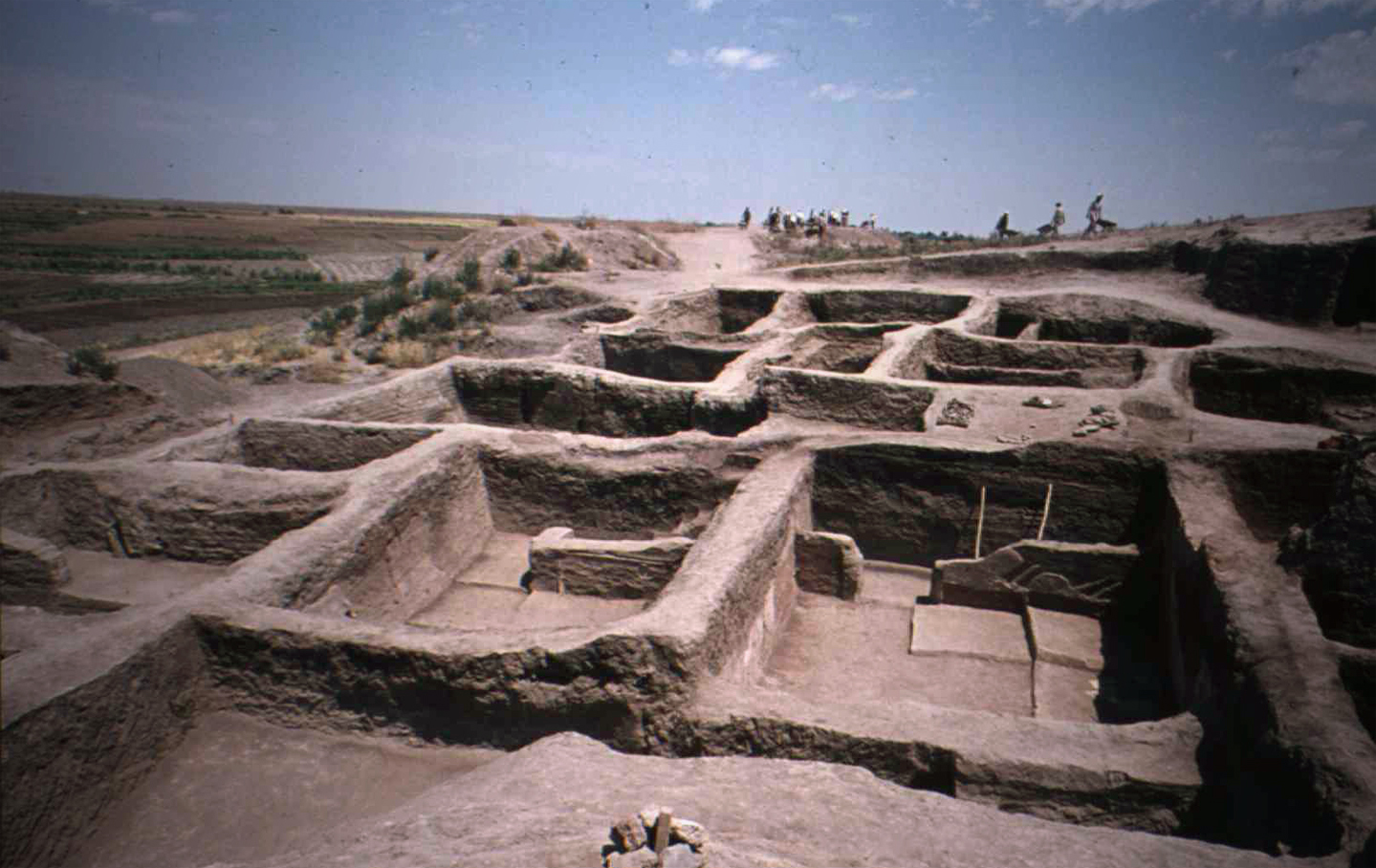
ÇATALHÖYÜK SOUTH SHELTER
ÇATALHÖYÜK SOUTH SHELTER
A structure on the first excavation site of Çatalhöyük (1.300 m2 area); a small artificial mound made up of layers of superimposed mud brick buildings of 9000 years old, on the plains of Konya, discovered by a British archaeologist named James Mellart in the 1960s. The aim of the shelter project is to protect the neolithic findings underneath while putting them on display, to allow safe access to visitors all year round and to enable a continuous excavation process. Given the size of the area, the nature of the topography, extreme weather conditions with high wind uplift, heavy snow load, very limited budget and restrictions of heavy lifting cranes on site, implementing a space frame steel superstructure and using manpower to build the structure was almost obligatory. The design project of a white landscape element on the Konya plain which would not hugely impact the archeology below was prepared in six months and another six months of application done on site. With the help of this structure the settlement patterns of Çatalhöyük was brought to daylight. The project received in 2008 the YEM’s “First Building of the Architect Award” UNESCO World Heritage SiteÇatalhöyük, Konya
T.C. Ministry of Culture – Çatalhöyük Research Project Office, Prof. Ian Hodder
H. Sinan Omacan, Rıdvan Övünç, Ceren B. Övünç, Didem Teksöz & Parlar Engineering Office
Project Period – January/July 2002
Construction Period – July 2002- February 2003
Çatalhöyük, Konya
T.C. Ministry of Culture – Çatalhöyük Research Project Office, Prof. Ian Hodder
H. Sinan Omacan, Rıdvan Övünç, Ceren B. Övünç, Didem Teksöz & Parlar Engineering Office
Project Period – January/July 2002
Construction Period – July 2002- February 2003
